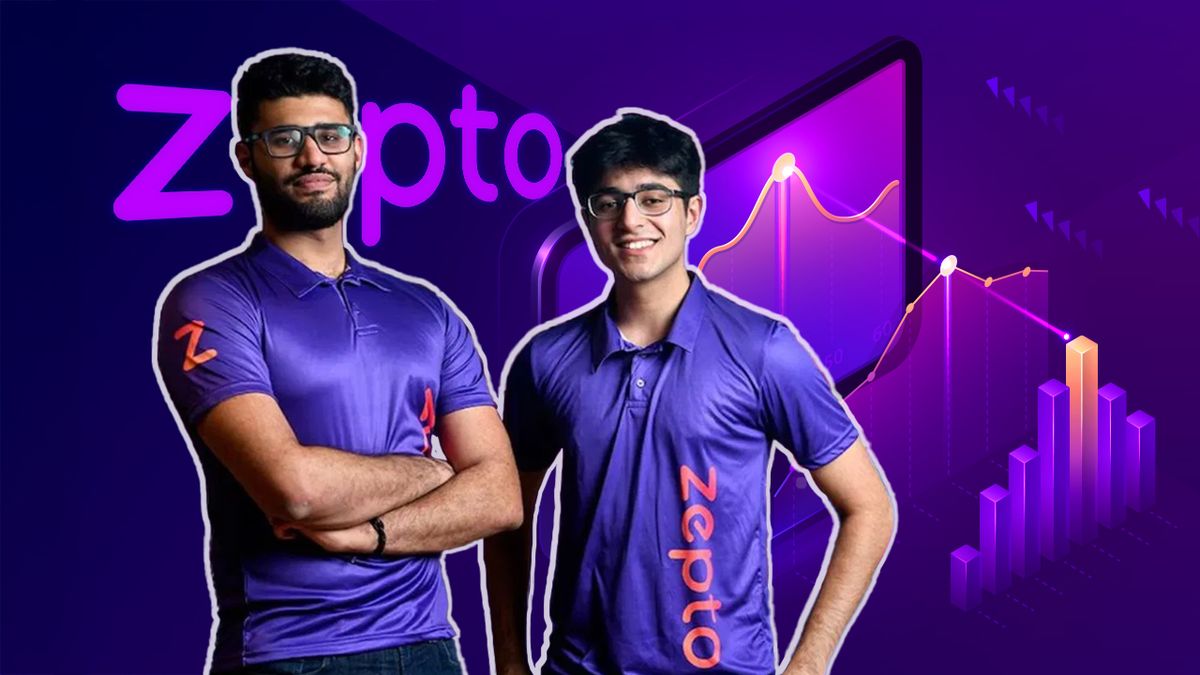Highlights
Zepto’s Unique Expansion in Quick Commerce: A Financial Insight for FY24
By the end of the fiscal year in March 2024, Zepto has positioned itself as a significant contender in the rapid commerce arena, reporting impressive revenue growth while also managing to lower its losses by 2%.
Key Financial Highlights:
- Growth in Operational Revenue: In FY24, Zepto saw its operational revenue climb to ₹4,454 crore, marking a substantial rise of 120% compared to ₹2,026 crore in FY23.
- Efficient Delivery System: This significant surge can be linked to Zepto’s streamlined delivery model which grants access to over 25,000 products across various categories in just ten minutes, supported by an extensive network of dark stores.
Operational Enhancements:
- Growth of Dark Stores: The company has expanded its presence with over 550 dark stores, handling around 700,000 orders daily.
- Revenue from Product Sales: A significant 89.2% of total operational revenue originated from product sales. This sector also experienced critical growth of 120%, reaching ₹3,973 crore in FY24.
- Diverse Income Sources: Additionally, Zepto has widened its income avenues with revenue from delivery services and various advertising strategies.
Multiple Revenue Streams:
- Earnings from Non-Operational Sources: Revenue from non-operational pursuits, such as interest on deposits, contributed ₹44 crore. This brings the total income for the fiscal year to ₹4,498 crore, up from ₹2,077 crore in FY23.
-
- The cost of goods sold was a significant part of overall expenses, accounting for around 60.5%, which rose nearly 87% to reach ₹3,481 crore in FY24.
- Salaries and employee-related expenses surged by approximately 62%, amounting to ₹426 crore; this total includes non-cash ESOP costs estimated at ₹74 crore.
- The company undertook substantial investments to promote growth and visibility, with data technology spending increasing by roughly 65.7% to ₹116 crore, while marketing expenditures grew about 40.3% to ₹303 crore.
Total warehousing costs stood at approximately ₹493 crore, and delivery costs approached ₹580 crore. These increases significantly contributed to an overall expense rise of about 71.6%, resulting in total expenditures of ₹5,747 crore for the year compared to ₹3,350 crore in the previous fiscal period. Even with these rising costs—initially perceived by some analysts as surpassing revenue expectations—Zepto achieved a slight reduction in losses, down 2% from ₹1,272 crore to ₹1,248 crore. Key performance indicators reflected a marginal improvement in return on capital employed (ROCE) at -119.3%, and EBITDA margins showed a slight enhancement to -23.81%. The expense-to-revenue ratio stood at ₹1.29. By the end of March, Zepto had substantial current assets of approximately ₹1,398 crore, including cash reserves and bank balances estimated at around ₹692 crore.
Recently, Zepto secured $350 million, mainly through funding led by Motilal Oswal Private Wealth, bringing its valuation close to the $5 billion mark. Since its establishment, the company has amassed nearly $1.85 billion in total funding, including about $1.35 billion gathered earlier this year. According to Motilal Oswal’s market share report, Zepto holds approximately 29% market share, making it the second-largest player after Blinkit, which controls 46%, followed by Swiggy Instamart with around 25%.
Under the leadership of Aadit Palicha, the company is set to launch “ZeptoCafe,” aimed specifically at food deliveries within ten minutes. This strategic initiative places Zepto in direct competition with rivals such as Swiggy’s Bolt and new entrants like ZingFood and Blinkit’s Bistro. Palicha has expressed aspirations to achieve profitability ideally before FY26 while also considering the option of going public in the latter half of the next calendar year.

